At a very early age, we teach our children the number to call in the event of an emergency. We promote a single number, from any device, anywhere. We don't teach them about trunk access codes (typically 9 or 0 in businesses and hotels), we don't teach them about voice over IP number portability, we don't teach them all of the modern technical innovations that allow our communication devices to be accessible from nearly anywhere on the planet, while using wireless technology to connect to the Public Switched Telephone Network. All of this creates a chasm of assumption and reality.
On the positive side, intelligent private networks exist, and are a treasure trove of valuable information and environmental details, crucial to public safety agencies in the time of an emergency.
In addition to highlighting the problematic connectivity of today's networks, this paper will explore potential paths forward, utilising concepts and constructs that are commonplace in today's Internet enabled networks, and how this existing data can be utilised in a cost-efficient manner to provide public safety with critical lifesaving information that is sure to reduce the time of response, increase the accuracy of that response, ultimately having a positive impact on the health and well-being of citizens. This paper will also make some practical recommendations in an attempt to raise awareness, highlight existing gaps and strengthen the legislative framework.
You can read the document here.
